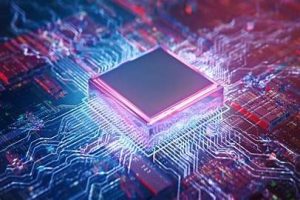China surpasses South Korea in basic semiconductors, NAND follows Japan under pressure.
Even the memory semiconductor technology that I believed in has been caught up by China. It was found that only by maintaining its superiority in process and mass production, it lagged behind China in basic research and design capabilities, regardless of system and memory.
According to a report published by the Korea Science and Technology Planning and Evaluation Agency (KISTEP) on the 23rd, “Deep Analysis of the Technology Level of the Three Major Game-Changer Fields,” South Korea’s semiconductor “basic capabilities” have been overtaken by China in four out of five fields of memory, packaging, electric power, sensing, and artificial intelligence (AI), with only advanced packaging tied for the top spot. The 39 experts in South Korea who participated in the report’s questions assessed that South Korea is leading China in the three fields of memory, packaging, and sensing technologies in 2022. But in two years it turned upside down.
If the technology level of the leading country is 100%, China is 94.1% higher than South Korea’s 90.9% in highly integrated and resistor-based memory technology. South Korea and China accounted for 84.1% and 88.3% for high-performance, low-power AI semiconductors, while South Korea and 79.8% for power semiconductors, and South Korea and China 81.3% and 83.9% respectively for next-generation high-performance sensing. In terms of commercialization criteria, South Korea led China in memory and advanced packaging alone. The report predicts that the outflow of core human resources, the U.S.-China restraint, and the country’s country-centered semiconductor policies will have a negative impact on Korean semiconductors, while the expansion of the AI semiconductor market will have a positive impact on South Korea’s semiconductors.
Japan’s memory is also emerging. Recently Japan Keizai Shimbun reported that Kioxia, a Japan memory semiconductor company, has succeeded in developing a 332-layer NAND flash memory. In terms of the number of layers, it surpasses SK Hynix’s 321 layers and Samsung Electronics’ 286 layers. Currently, Samsung Electronics has a 36.9% share of the global NAND market, followed by SK Hynix with 22.1% and Kioxia with 13.8%.

